Who are we?
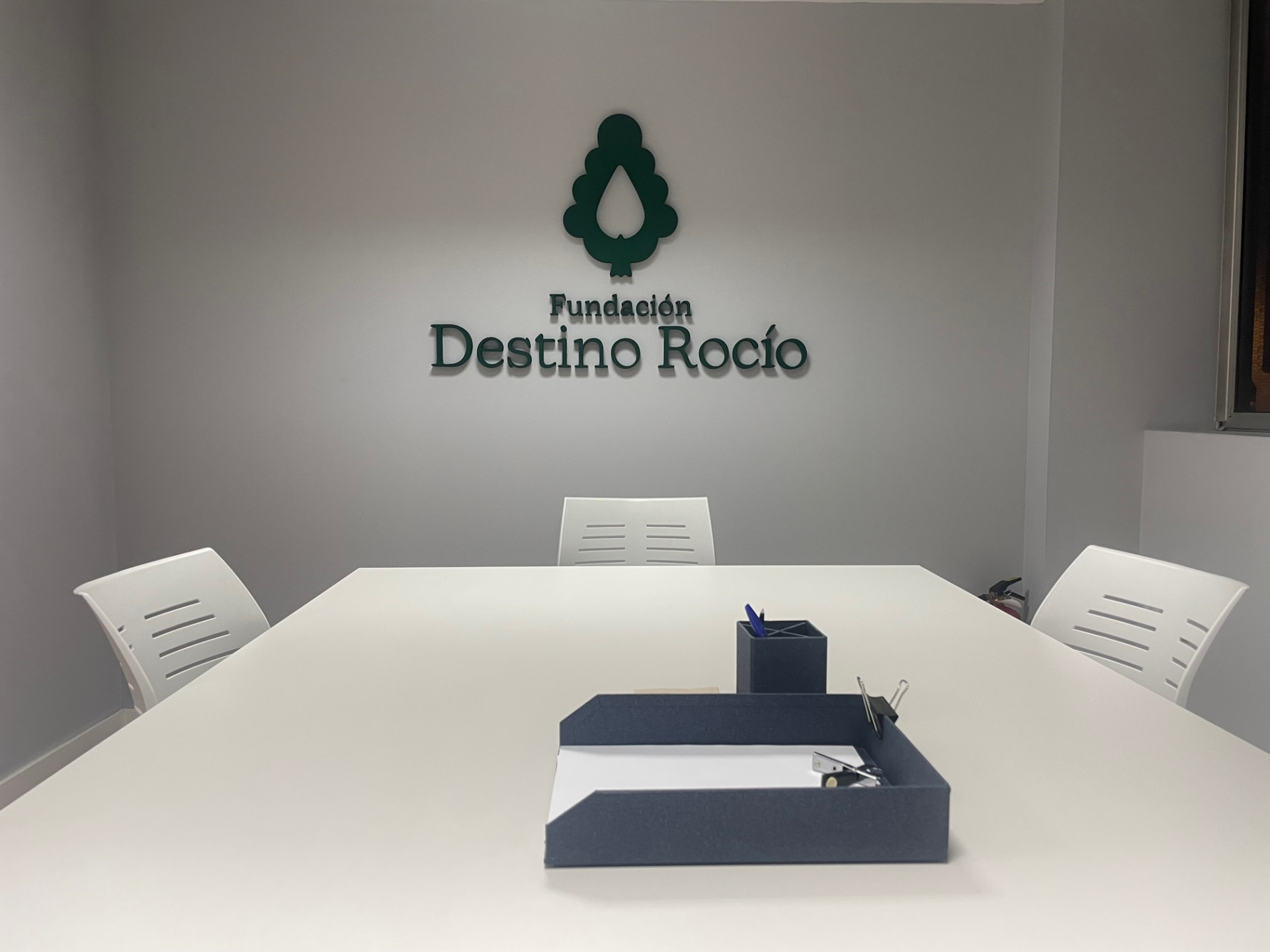
Fundación Destino Rocío is a non-profit organization, with the aim of promoting the cultural, artistic and historical heritage of Andalusia, always from a point of view of sustainability and environmental protection. Likewise, the Foundation seeks local, social and economic development, the structuring of the territory and the technological and economic promotion of more rural areas, promoting its national and international expansion.
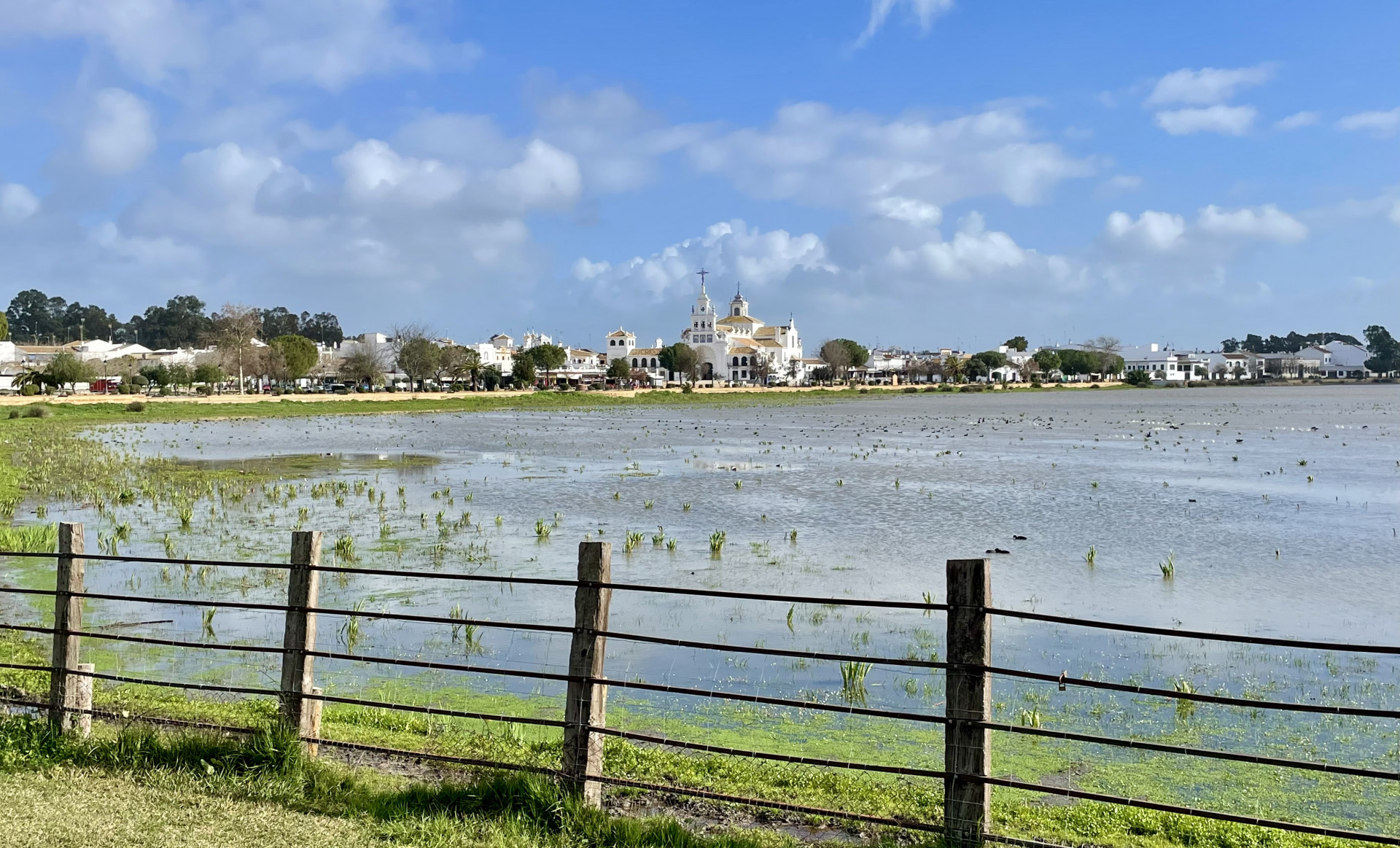
The Foundation pursues the following objectives:
- Attention to the cultural heritage of the itineraries of the different routes, both tangible and intangible, and the support of new artistic talents within the framework of these routes.
- The promotion, development and management of services and structures for the care and reception of visitors and pilgrims.
- The promotion of ICTs applied and directed to sustainable development.
- The promotion and development of the values of the pilgrimage world, such as constancy, austerity and effort.

The Destino Rocío Foundation aims to enhance the value of a network of roads and trails already existing in Andalusia, through which the general population is encouraged to cycle, horseback ride or walk along these paths, in order to promote cultural, artistic and historical heritage, as well as the knowledge and enjoyment of the environment. Its purpose is to design, supervise and disseminate a series of itineraries along rural roads, which, starting from different corners of Andalusia, converge in the Aldea del Rocío, in the heart of the Doñana National Park, in the province of Huelva.


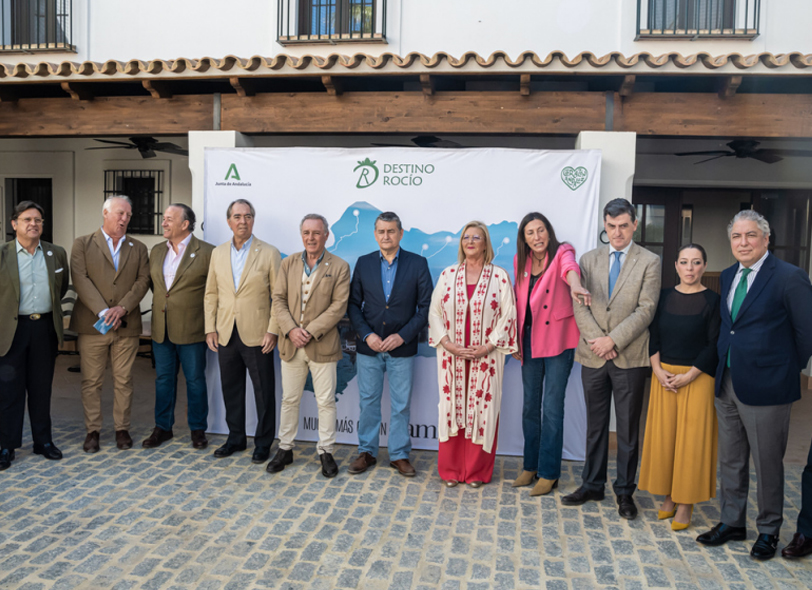
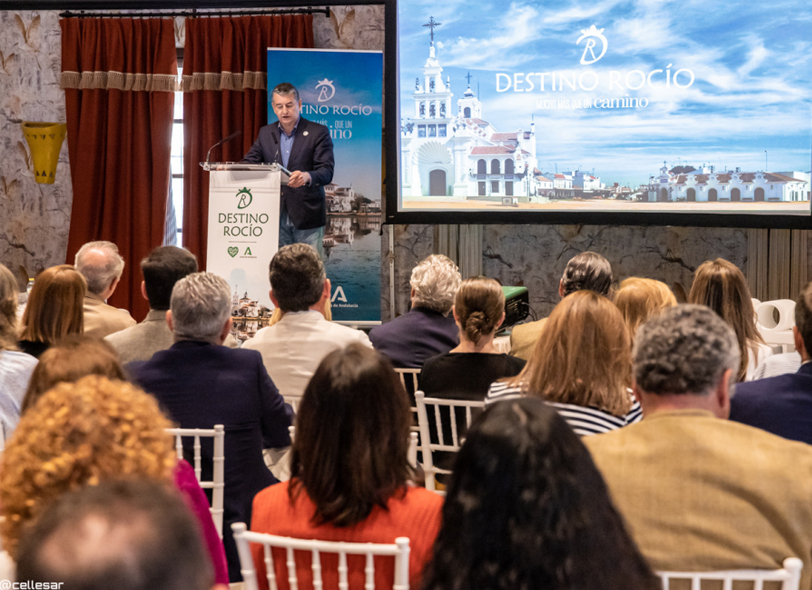
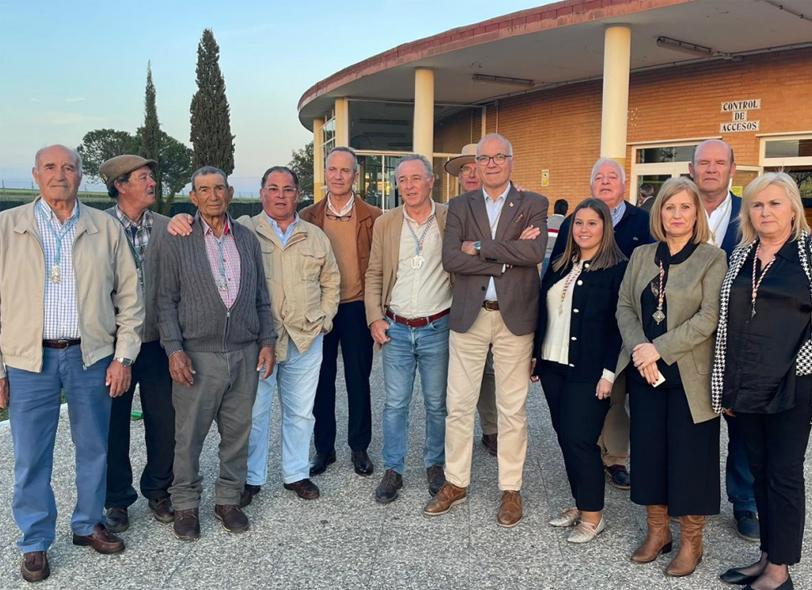
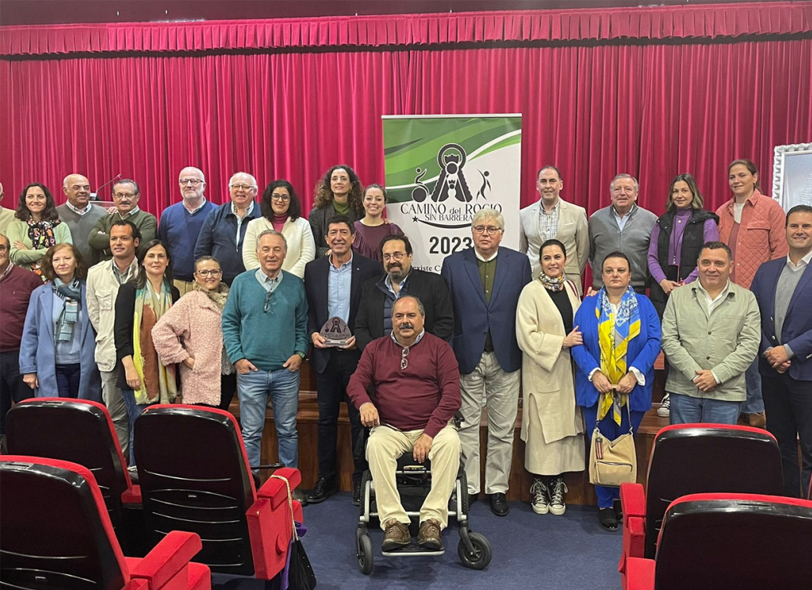
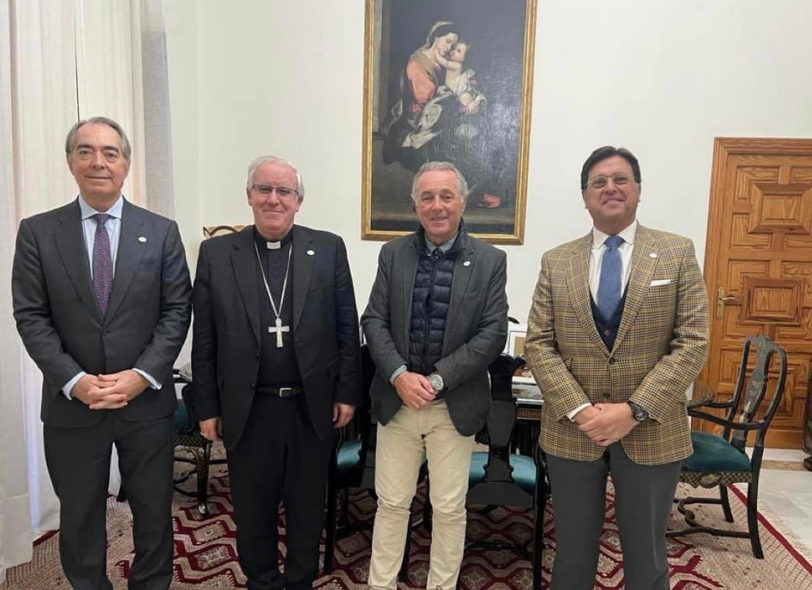

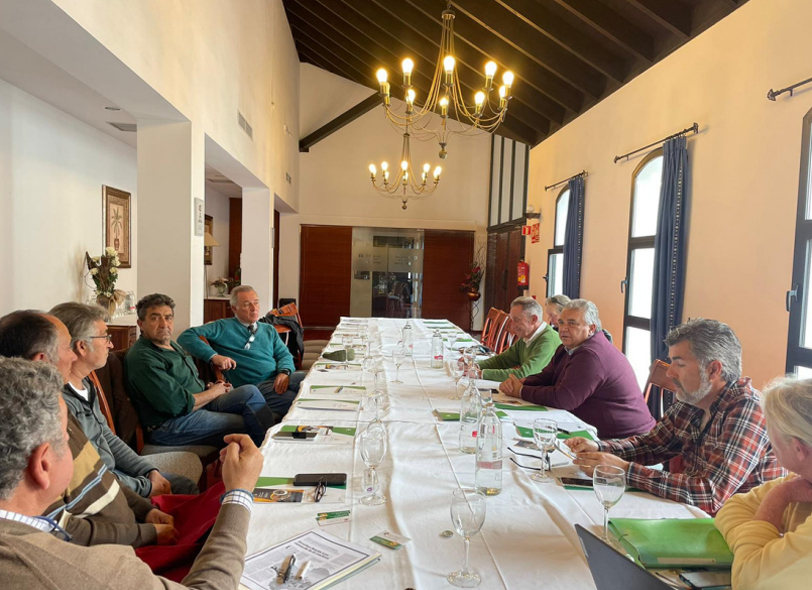
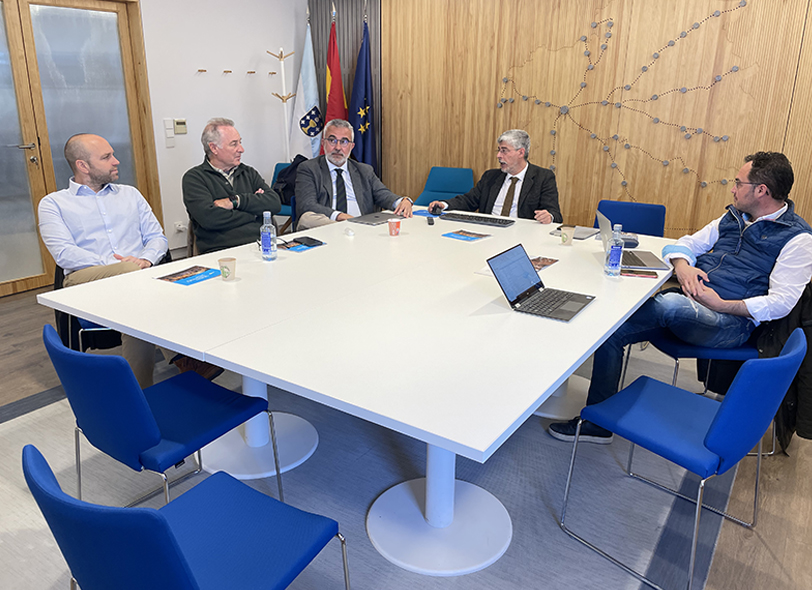
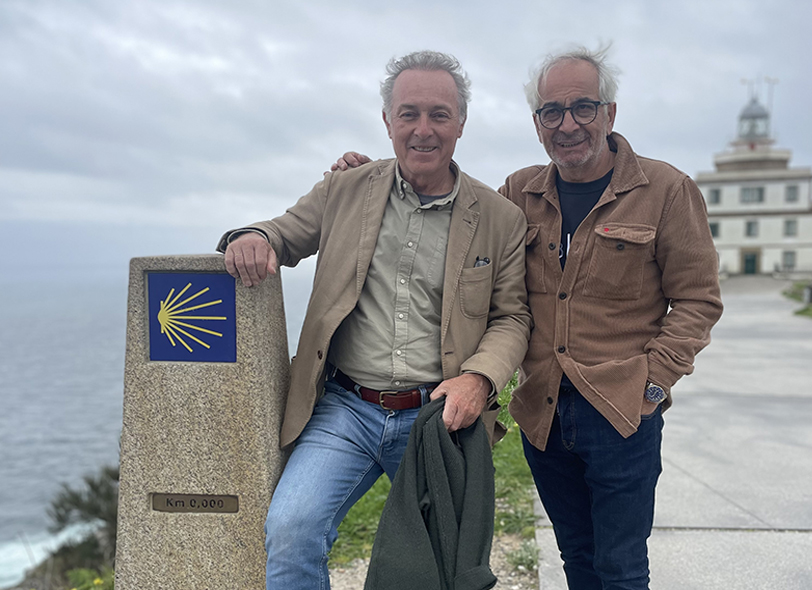
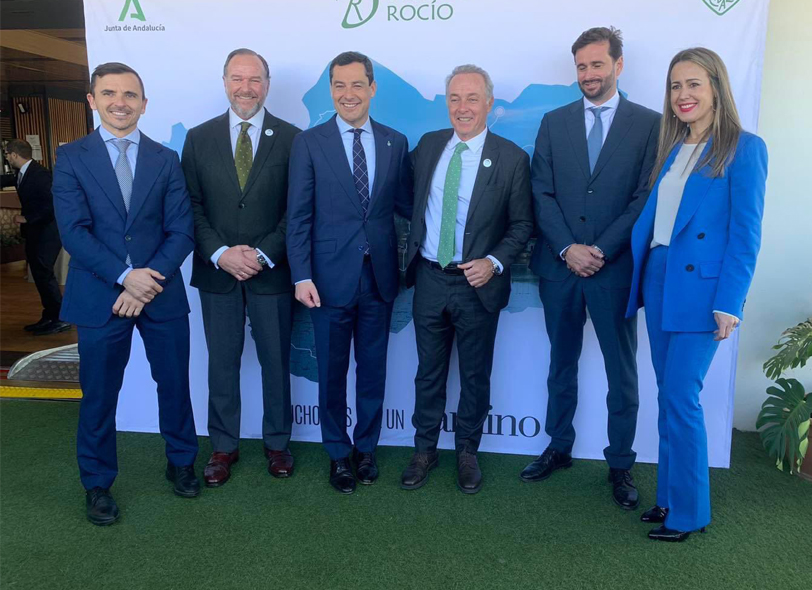

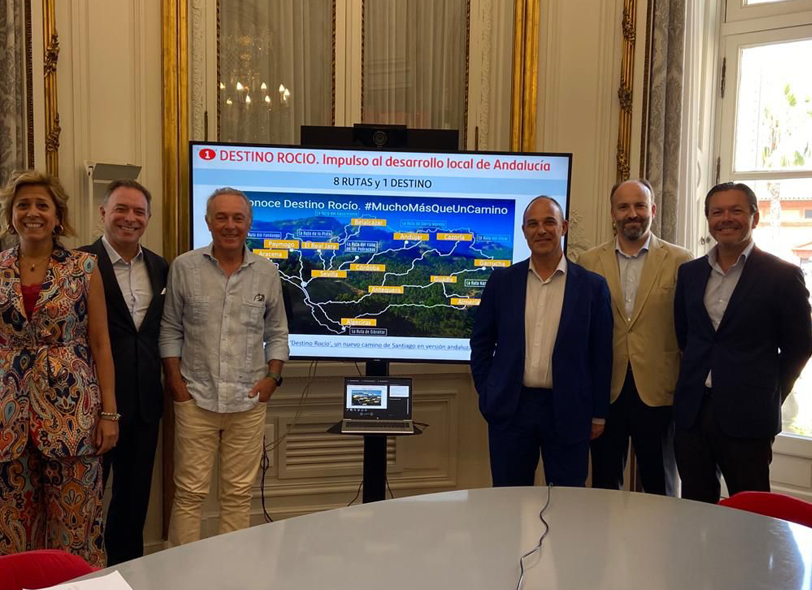

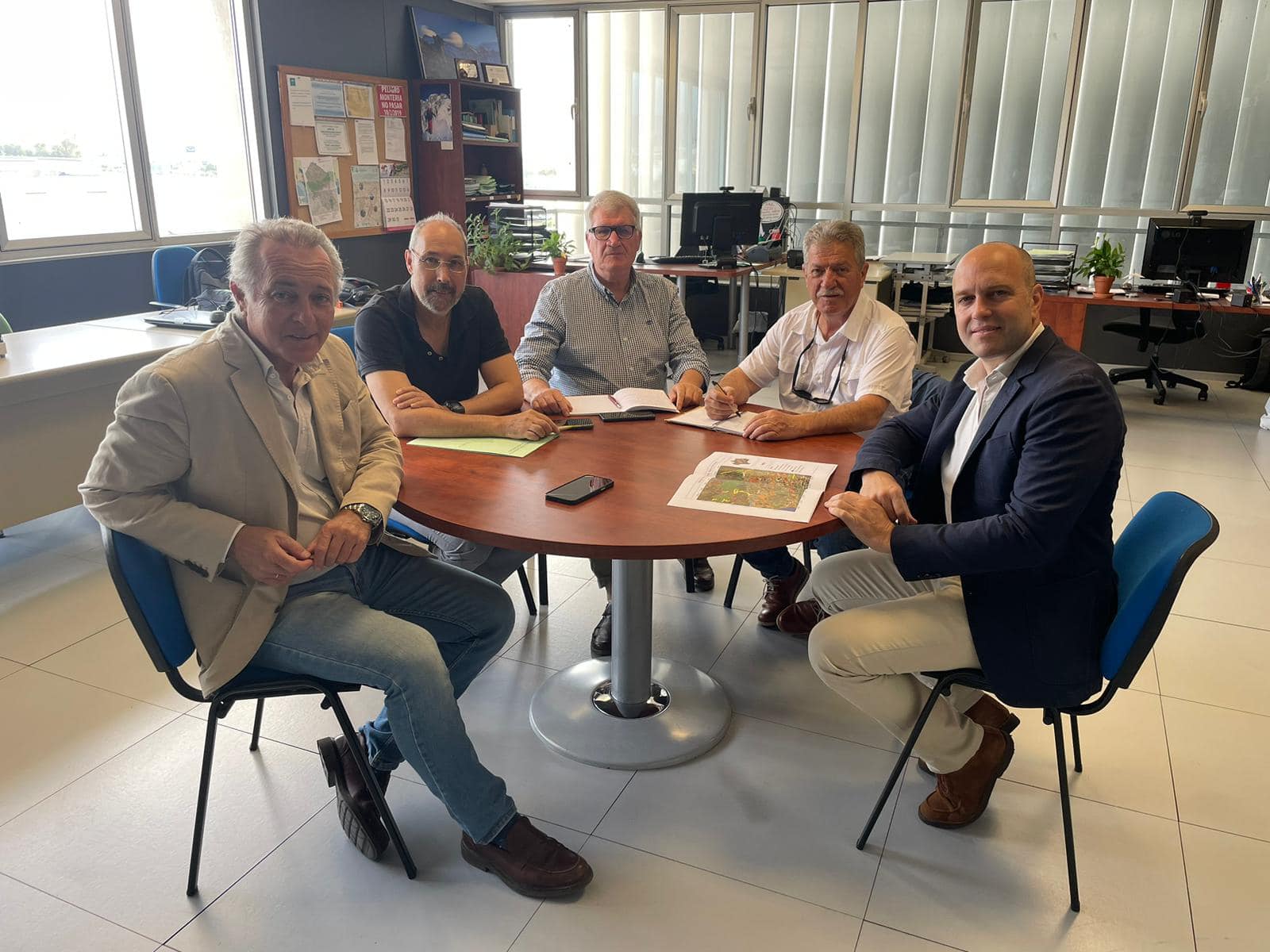


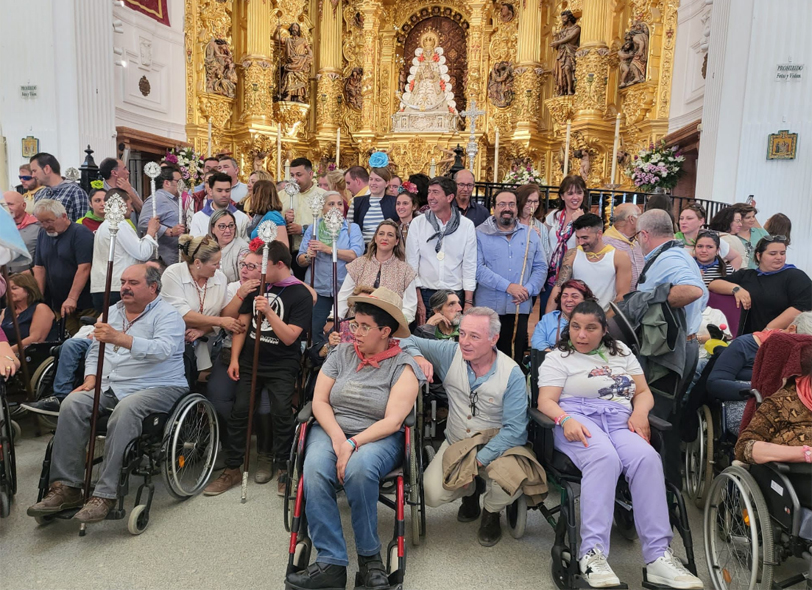
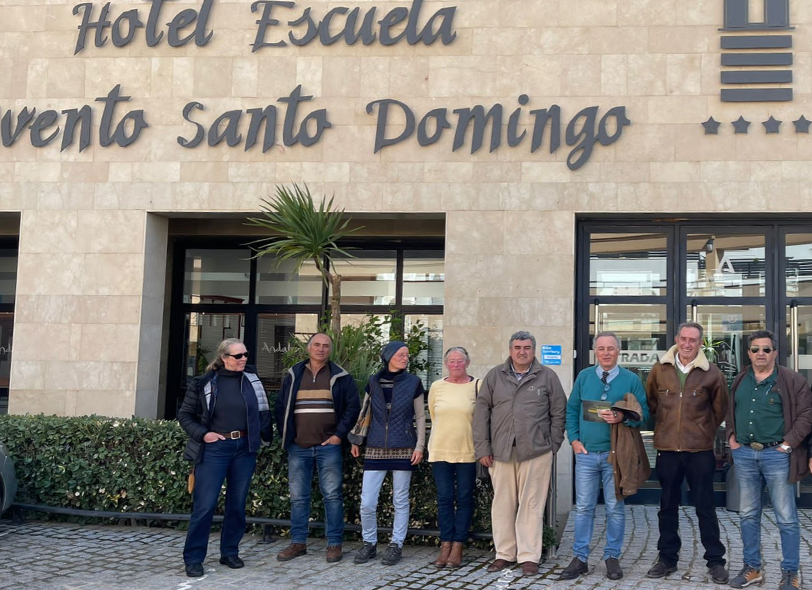
For the promotion and development of its objectives, the Fundación Destino Rocío has held numerous meetings with institutions, organizations, associations and companies from the moment of its constitution. It has also carried out public acts of presentation and dissemination of the Senderos del Rocío project.

The Destino Rocío Foundation is organized through the Board of Trustees, the governing and representative body of the Foundation.
Economic boost for Andalusia
The Senderos del Rocío project aims to generate a positive economic impact in Andalusia, similar to that of the Camino de Santiago in Galicia. It seeks to revitalize vast unpopulated areas with limited resources by promoting lodging, retail, service and restaurant businesses along the proposed routes and in the surrounding areas. It is hoped that pilgrims will be attracted by the diverse opportunities to explore our varied land.
In essence, it is a project aimed at connecting all corners of Andalusia with the Village of El Rocío through rural roads accessible throughout the year, adapted to individual preferences.
Paths of El Rocío. Andalusia that leaves its mark
Garrucha-El Rocio Trail
- The first of our trails is, at the same time, the most ambitious, as it crosses Andalusia from end to end, connecting Almeria and Huelva through a thread of amazing cultural, gastronomic and scenic diversity. It will have two exits, one from Garrucha, in the heart of Cabo de Gata and the other from Los Vélez (this variant is still under study).
- 657 km
- 27 stages
Campo de Gibraltar Trail
Coming soon
- From Tarifa, a route of great interest crosses the Natural Park of Los Alcornocales, exploring towns of singular beauty and fascinating history, such as Medina Sidonia. This area, characterized by its pastures, is home to numerous cattle ranches of fighting bulls, which give it a special charm. The route continues towards Jerez, passing through Sanlúcar and then on to El Rocío.
- Under study
- Under study
Ham and Fandango Trail
Coming soon
- This route will also have two exits like the Garrucha Trail. On the one hand, the Sierra de Aracena and on the other the Andévalo. In the first, the path will continue through Rio Tinto, Berrocal, La Palma, Bollullos and Almonte; while the second will start from the Huelva town of Paymogo to continue through La Puebla de Guzman, Alosno, Gibraleon, Moguer, Almonte and El Rocio.
- Under study
- Under study